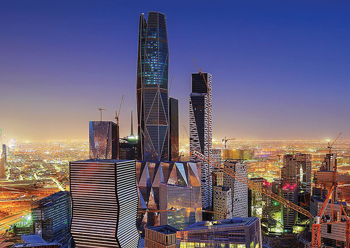
 DistrictHive ... designed to connect with nature.
DistrictHive ... designed to connect with nature.
Having created the first 100 per cent autonomous and self-sufficient podtel (capsule hotel), Portugal-based Districthive LDA is aiming to use architecture as a tool to change pre-established standards and the way in which we interact with our environment.
“Challenges are our thing, we love to face the impossible and make a difference by making what nobody thinks is feasible,” says Priyesh Patel, CEO of the Districthive LDA, promoter and creator of the capsule hotel, which has already grabbed global attention from its location in the desert of Gorafe in Granada, Spain. “Undertaking a project of this magnitude entails an enormous responsibility. Especially when what you are looking for is to completely change the concept of luxury tourism that we had until now and put the real focus on the enjoyment of the environment, the unique, wild and beautiful landscape that nature offers us, but respecting it to the maximum, connecting with it.”
“We have achieved this through two of the most powerful tools: architecture and technology. So we have sought out and involved here the best professionals in their field,” he adds.
.jpg) |
|
The podtel is a fully industrialised construction that is offered finished, transported to the site and ready to be used in a few hours. |
DistrictHive is a multidisciplinary, multifaceted project, born out of the cooperation and work between international teams, led by the Spanish firm Moho Arquitectos.
Carlos Abadia, Founding Partner of the studio and architect in charge of the project, explains that DistrictHive has been designed as a landscape and energy capturing device. “It is a capsule that draws from the surrounding environment, nature and climate. It is a living space focused on sustainable tourism that puts us in front of nature, helping us to contemplate the beauty and magic of climatic events.”
The podtel is a fully industrialised construction that is offered finished, transported to the site and in a few hours is ready to be used. It does not touch the ground on which it sits, has no foundations and does not require any type of piping, plumbing or sanitation. The support system developed has six legs that, like a spaceship landed on Mars, rest on the ground.
At ground level, the building is a small module of 35 sq m divided into several spaces: a bathroom, a kitchen-living-dining room, a bedroom (a double bed and a hidden double bed), multifunctional modular closets and shelves, and a small and necessary installation room where all the technical equipment is kept.
 |
|
All the furniture, storage spaces, walls and finishes have been created with maximum attention to detail. |
The podtel also has an open terrace for stargazing. In addition, all the furniture, storage spaces, walls and finishes have been made with maximum attention to detail. The interior design has been carefully designed by the German studio Novono.
The entire DistrictHive construction process was carried out in the workshop using dry construction solutions, for which it was extremely important to detail each of the components that make up the project with millimetric precision.
“This has been the biggest challenge for us. Normally, architecture allows for certain tolerances, but in this type of construction there can be no deviations,” explains Abadia, adding, “A project as small as this one involves great complexities that must be solved without losing sight of the quality of the projected design.”
On the other hand, he emphasises, one of the great advantages of this type of industrialised buildings is that “they can be replicated. Once you have made the first one and have detected possible points of improvement, you have a product to enter the market with much shorter execution times and an optimisation of all the construction processes.”
And this is precisely why the Gorafe podtel is intended to be the first of many others that will continue to be installed in different remote and beautiful places on the planet to form what Patel has already called the “Podtel Colony”.
 |
|
DistrictHive is a 35-sq-m module featuring spaces for a bathroom, a kitchen-living-dining room, a bedroom and an installation room for equipment. |
“This is an innovative global project that has only just begun and also offers the possibility of being replicated to be sold to private developers, hotels or other types of investors,” adds the CEO of the project.
DistrictHive has become the first 100 per cent self-sufficient and sustainable module that values nature by accessing it without leaving a trace, he says. The impact on the territory is zero at an environmental level since no resources of the site are consumed, and once removed, the location would remain in the same state as it was before. Patel adds.
This eco-hotel is capable of generating its own water from ambient humidity and air, its own electricity from solar energy, has its own sewage management by transforming waste into ash, and gray water is filtered through two processes for irrigation water. The total autonomy of the module makes common and complementary services unnecessary, thus optimising resources and guaranteeing a reduction in the carbon footprint, he states.
.jpg) |
|
DistrictHive is a 35-sq-m module featuring spaces for a bathroom, a kitchen-living-dining room, a bedroom and an installation room for equipment. |
And all this is possible, as Abadia comments, “thanks to the technological contribution, which allows us to do it completely offgrid. But, in addition, the use of high-performance materials has been focused on generating the most sustainable and comfortable construction possible, guaranteeing continuous insulation, insulating glass, ventilated facades... The requirements to include all the technological devices and material thicknesses in such small spaces, where every centimetre counts, imply very precise work. So much so that, during its creation, we thought a lot about the process followed to develop vehicles.”
“Creating a self-sufficient, sustainable and transportable project that is also a good teaching resource has been a precious adventure,” he concludes.



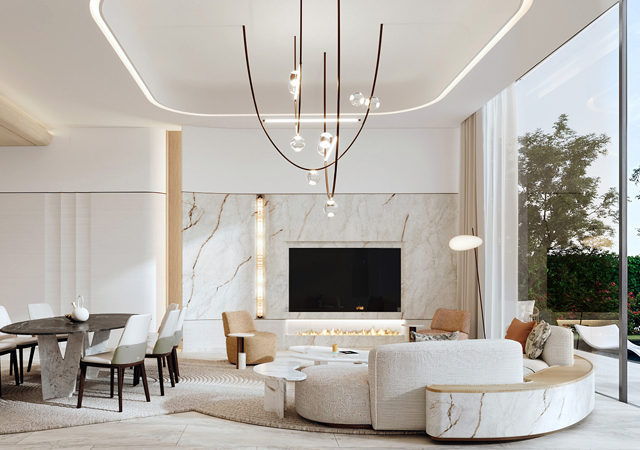
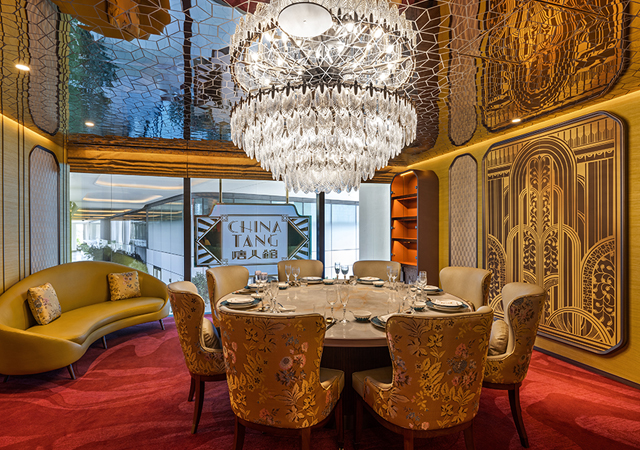

.jpg)




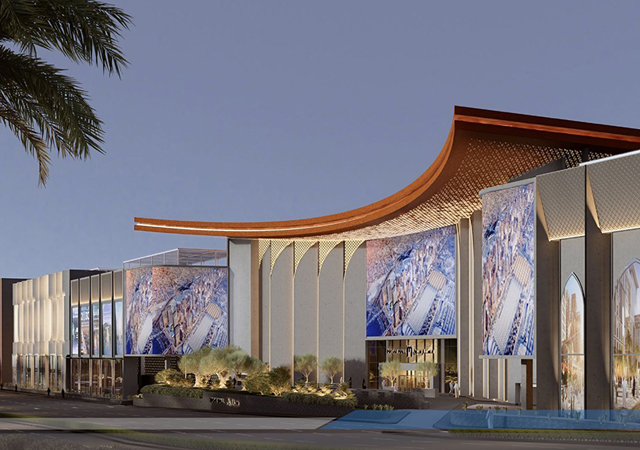


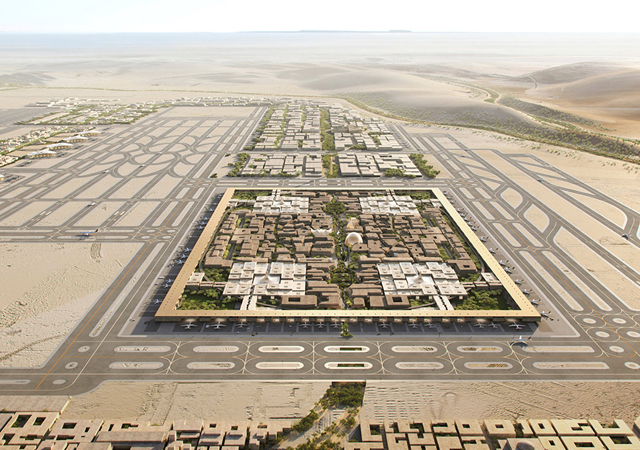
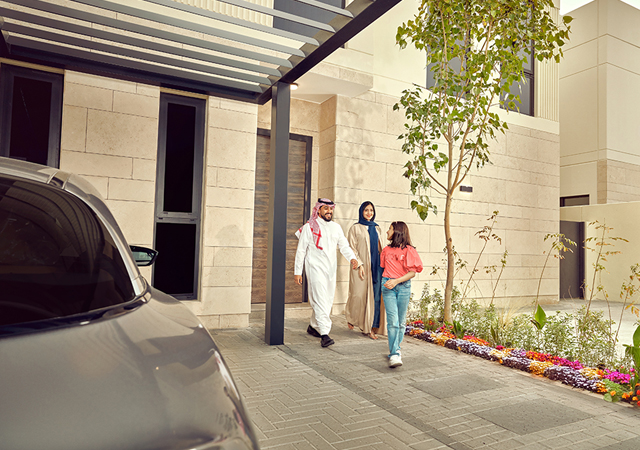
.jpg)
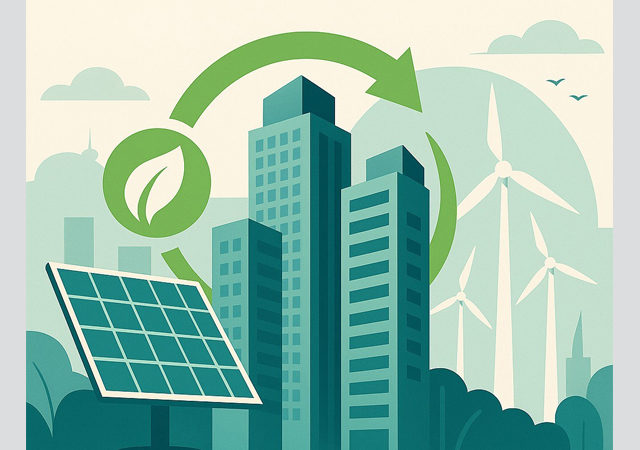



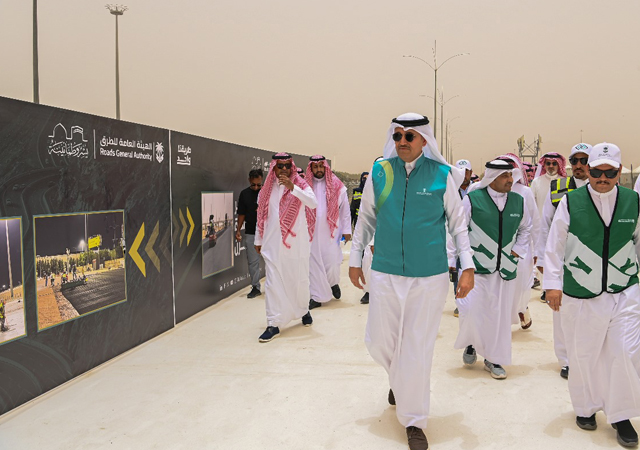
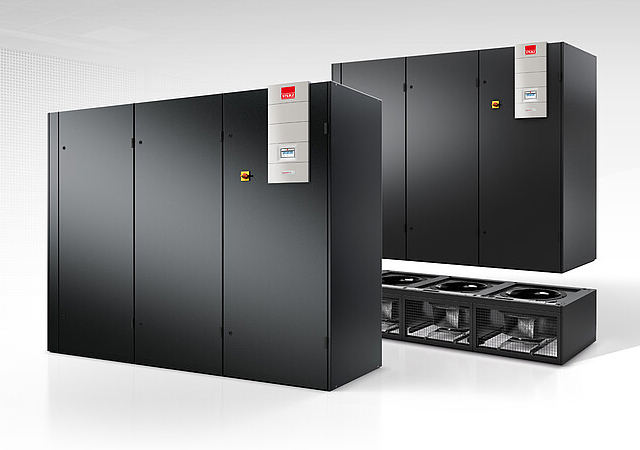


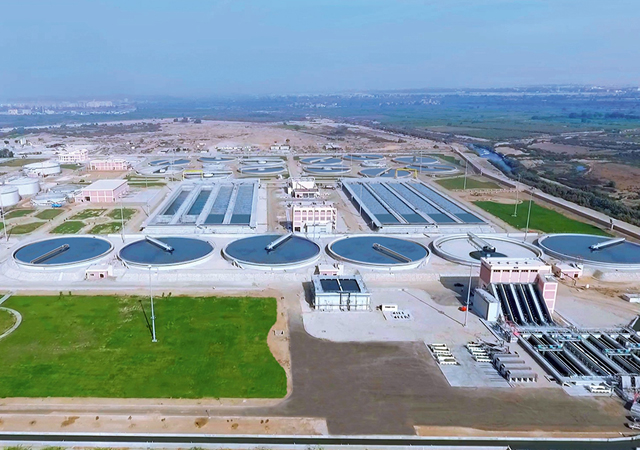
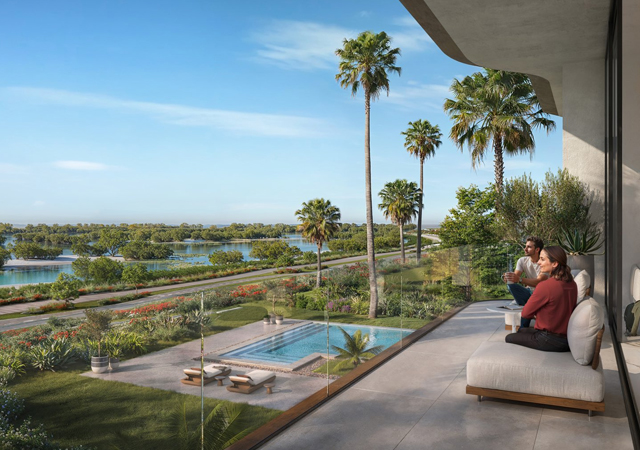
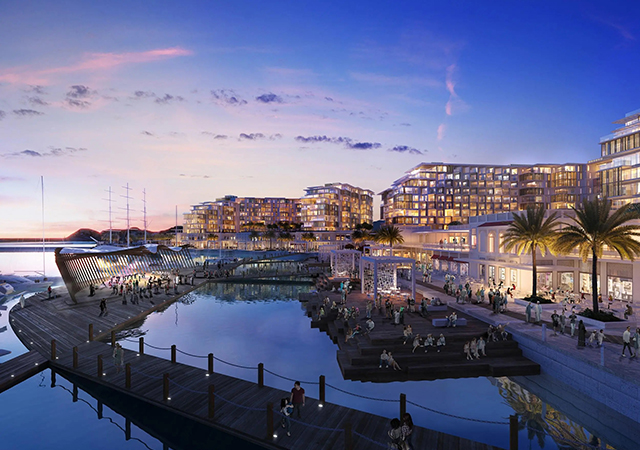
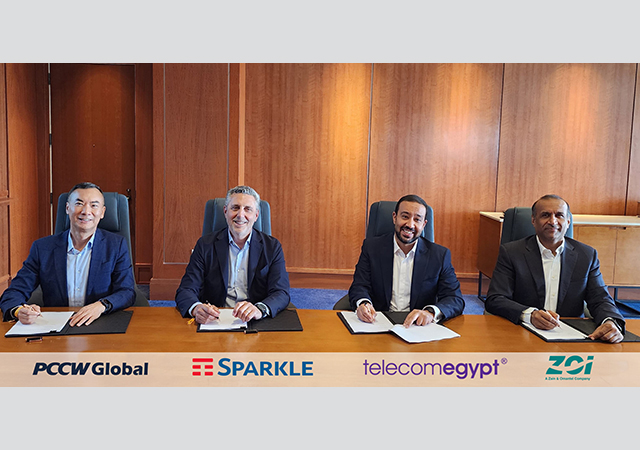
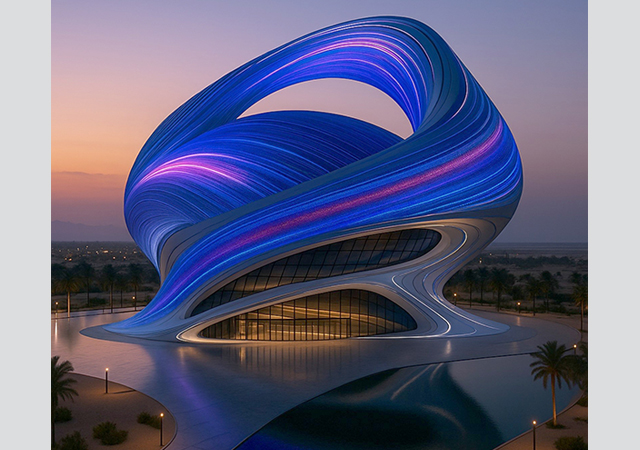


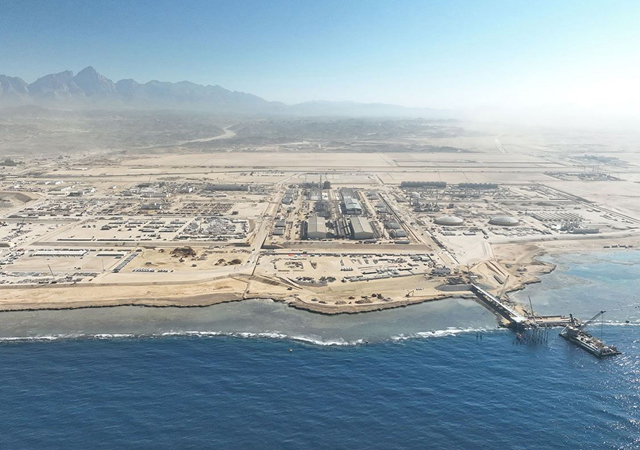
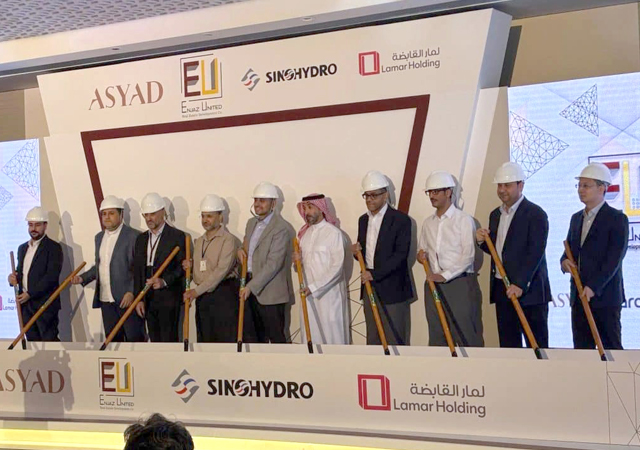
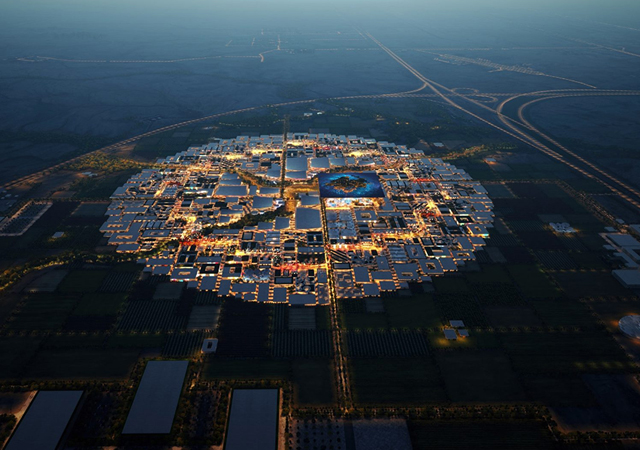
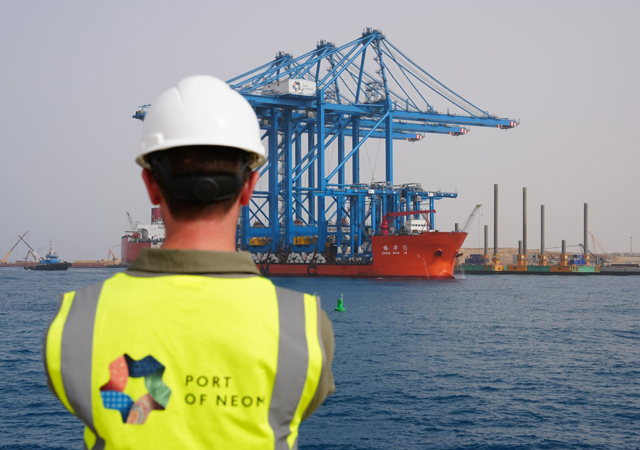
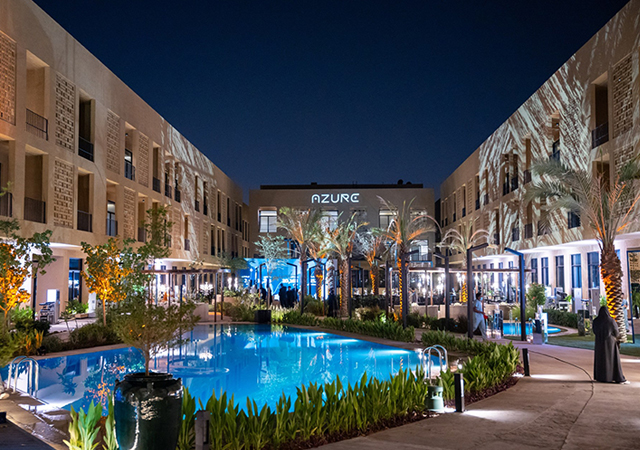
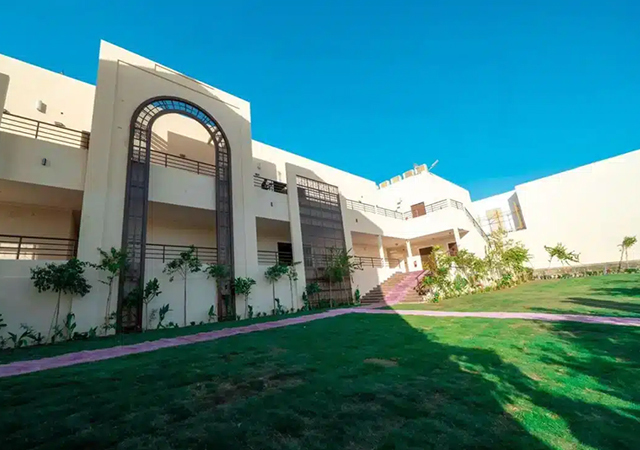

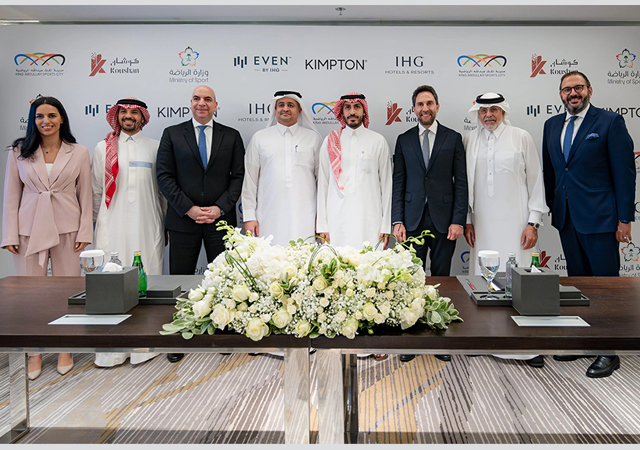
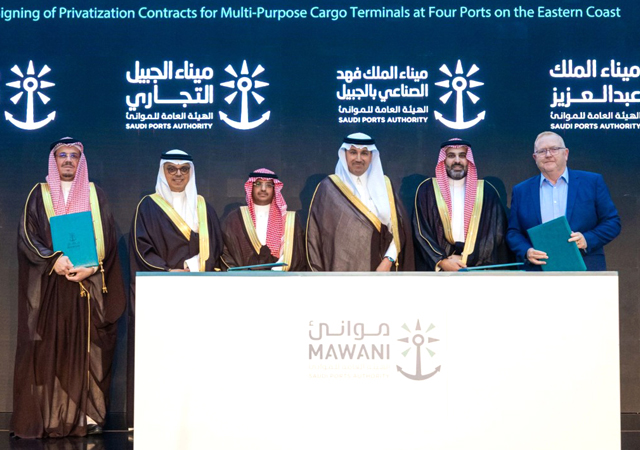
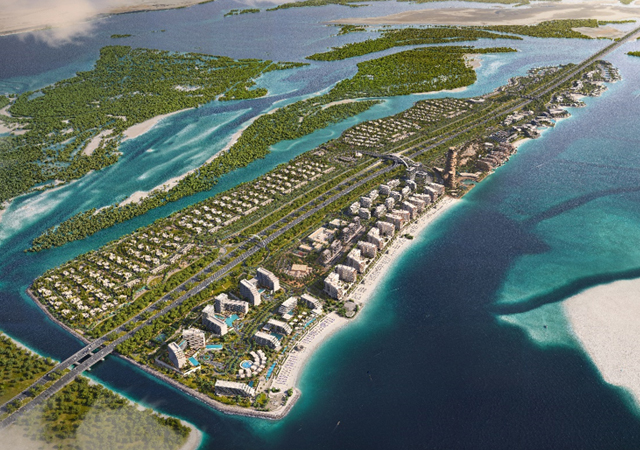
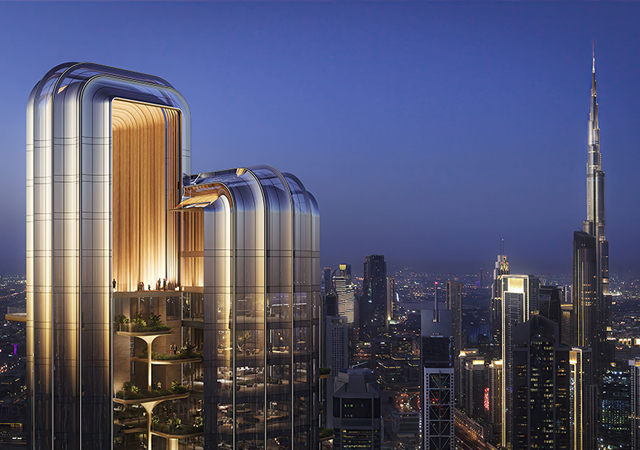
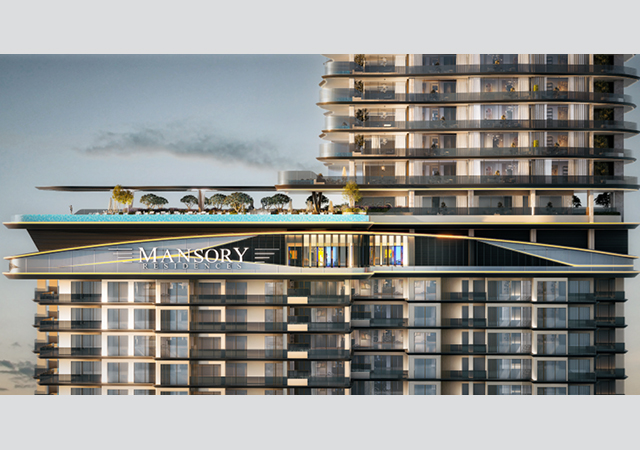


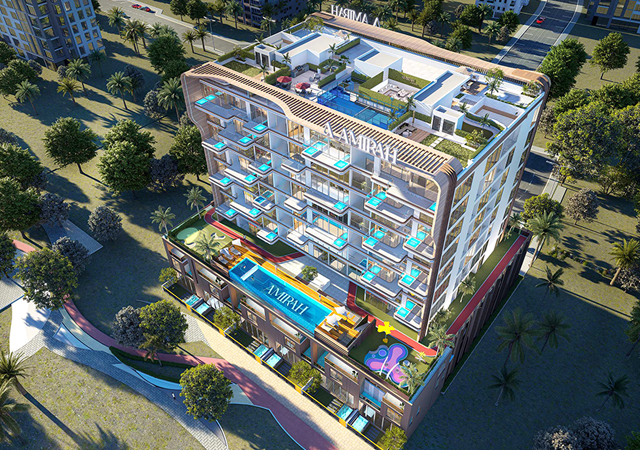
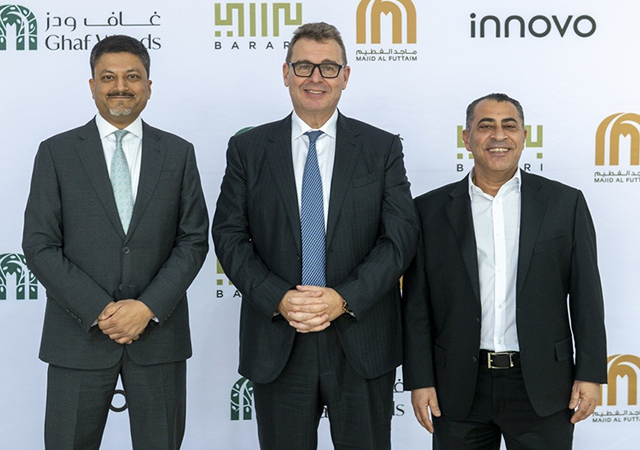
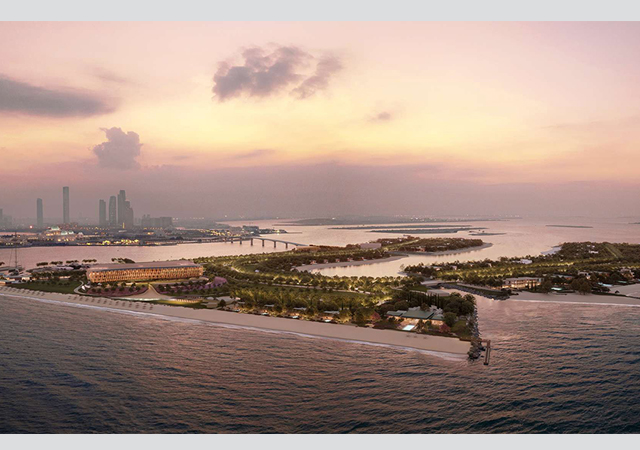
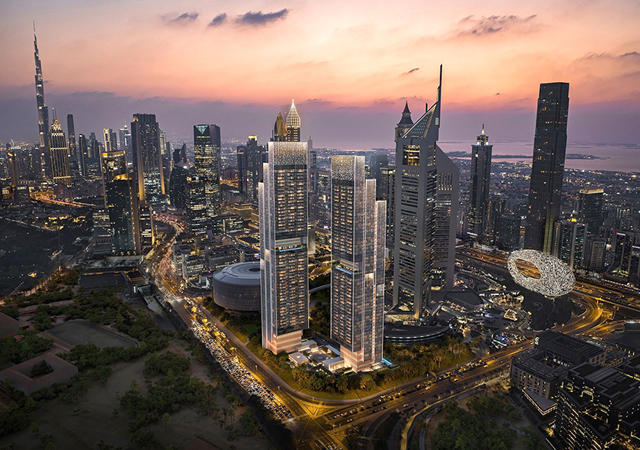
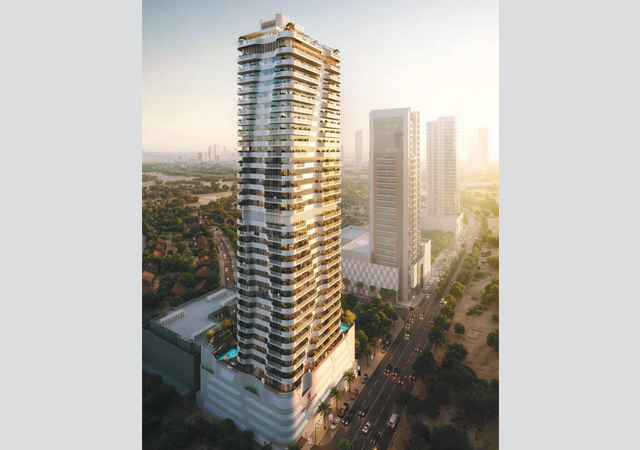
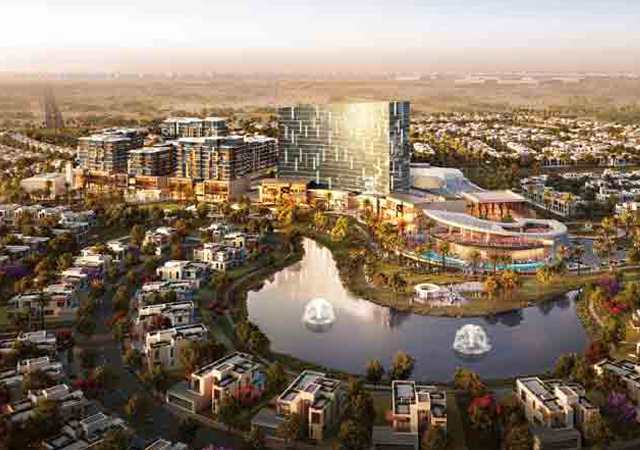
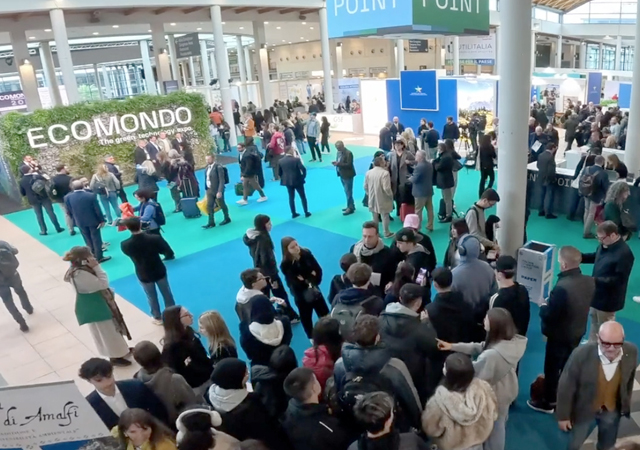
.jpg)

